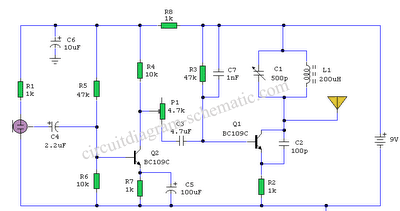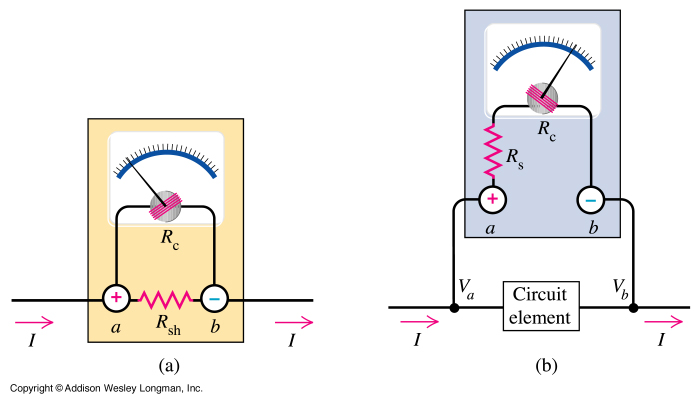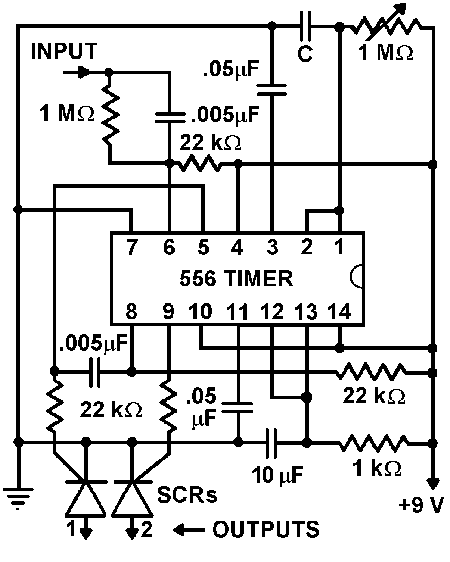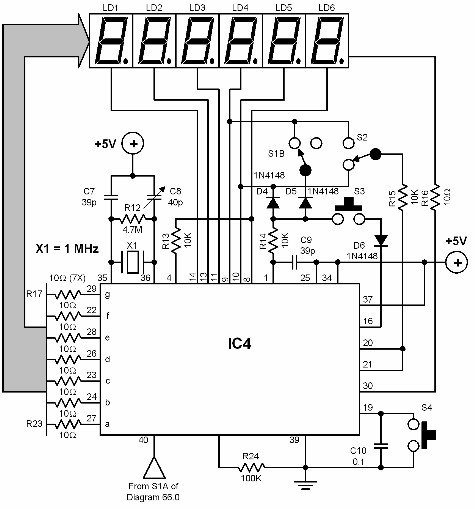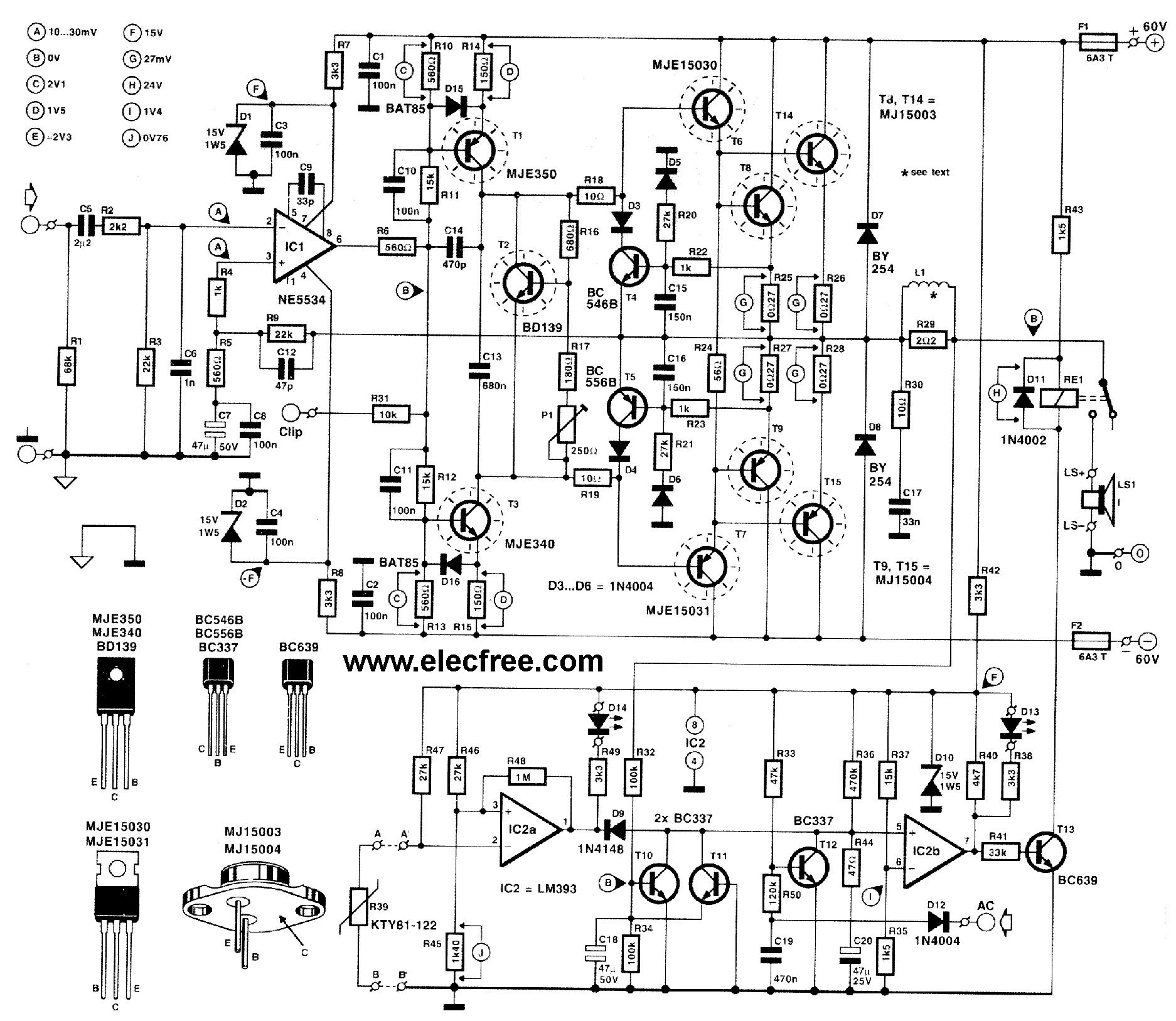
Integrated Circuits
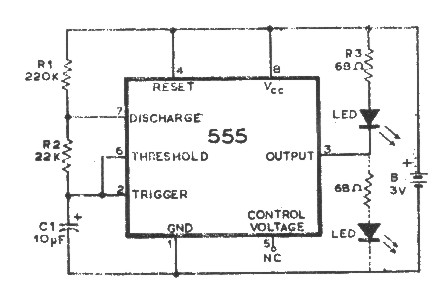
An integrated circuit is precisely that: an integrated circuit. These small packages combine numerous individual components to perform a specific function. They vary in shape and size depending on their complexity. They are categorized into functions such as audio, digital, timers, and many special functions. The possibilities are nearly limitless. The 555 IC is a universal timer used for various purposes, including flashing LEDs on and off. With the aid of a few external components, the 555 can accurately calculate time. While the intricate details may not concern electronics enthusiasts—as long as it functions correctly—an overview can be enlightening. The accompanying figure illustrates a functional block diagram of the 555. The dotted line represents the chip, with leg numbers indicated. The external components surrounding the chip provide flexibility to the timer; for example, a 5-minute timer would require different external components than a 30-minute timer. Leg numbers adhere to a standard convention: the top of the chip is marked by a circle or notch. When the chip is oriented with the notch at the top, the top left pin is pin 1, counting down to the bottom left pin and then up the right side. Searching the manufacturer's website will yield datasheets for the integrated circuits being used. These datasheets contain all necessary information for utilizing the chips, such as a sample datasheet for the LM 555.
The 555 timer IC is widely recognized for its versatility and ease of use in various electronic applications. It can operate in three primary modes: astable, monostable, and bistable, each serving different timing and control functions. In astable mode, the 555 functions as an oscillator, generating a continuous square wave output, which is ideal for applications like LED blinking or tone generation. In monostable mode, the IC produces a single output pulse in response to a trigger input, making it suitable for applications requiring a timed delay or pulse generation. Bistable mode allows the 555 to act as a flip-flop, maintaining its output state until triggered by an external signal, which is useful in memory storage applications.
The configuration of external components, such as resistors and capacitors, plays a crucial role in determining the timing characteristics of the 555 timer. The time period for astable operation can be calculated using the formula T = 0.693 × (R1 + 2R2) × C, where T is the period, R1 and R2 are the resistances, and C is the capacitance. For monostable operation, the pulse width can be determined by the formula T = 1.1 × R × C.
The pin configuration of the 555 timer is standardized, allowing for consistent integration into various circuit designs. Pin 1 is the ground connection, while pin 8 is the supply voltage. Pins 2 and 6 are connected to the trigger and threshold inputs, respectively, enabling the timing functions. Pin 3 serves as the output, providing the timed signal, while pins 4 and 8 control the reset and supply voltage, ensuring proper operation.
In summary, the 555 timer IC is an essential component in the electronics field, offering a broad range of functionality through its various operating modes. Understanding its operation and configuration allows engineers and hobbyists alike to create diverse applications, from simple timers to complex waveform generators. Accessing the manufacturer's datasheet is critical for detailed specifications and application examples, facilitating effective implementation in electronic projects.An Intergrated ircuit is just that. an intergrated circuit. These small packages combine many individual components to perform a specific function. They vary in shape and size depending on their complexity. They are categorised into functions like Audio, Digital, Timers and many special functions. The limit is almost endless. The 555 ICis a univer sal timer used for many purposes and in the case above to flash LEDs on and off. With the help of a few external components, the 555 can precisely calculate time. How this is done is usually of no concern to electronics enthusiasts - as long as it works! However a basic overview may be interesting: The figure below shows a functional block diagram of the 555. The dotted line is the chip with leg numbers shown. External components around the chip give flexability to the timer - a 5 minute timer would have different external components to a 30 minute timer.
Leg numbers follow a convention. The top of the chip is indicated by a circle or notch at the top. With the chip in this orientation, the top left pin in pin 1 - counting down to the bottom left pin then up the right side. Searching the manufacturers website will yeild data sheets for IC`s you are using. These data sheets have all the information needed to use the chips - a sample data sheet : LM 555 Data Sheet
🔗 External reference
The 555 timer IC is widely recognized for its versatility and ease of use in various electronic applications. It can operate in three primary modes: astable, monostable, and bistable, each serving different timing and control functions. In astable mode, the 555 functions as an oscillator, generating a continuous square wave output, which is ideal for applications like LED blinking or tone generation. In monostable mode, the IC produces a single output pulse in response to a trigger input, making it suitable for applications requiring a timed delay or pulse generation. Bistable mode allows the 555 to act as a flip-flop, maintaining its output state until triggered by an external signal, which is useful in memory storage applications.
The configuration of external components, such as resistors and capacitors, plays a crucial role in determining the timing characteristics of the 555 timer. The time period for astable operation can be calculated using the formula T = 0.693 × (R1 + 2R2) × C, where T is the period, R1 and R2 are the resistances, and C is the capacitance. For monostable operation, the pulse width can be determined by the formula T = 1.1 × R × C.
The pin configuration of the 555 timer is standardized, allowing for consistent integration into various circuit designs. Pin 1 is the ground connection, while pin 8 is the supply voltage. Pins 2 and 6 are connected to the trigger and threshold inputs, respectively, enabling the timing functions. Pin 3 serves as the output, providing the timed signal, while pins 4 and 8 control the reset and supply voltage, ensuring proper operation.
In summary, the 555 timer IC is an essential component in the electronics field, offering a broad range of functionality through its various operating modes. Understanding its operation and configuration allows engineers and hobbyists alike to create diverse applications, from simple timers to complex waveform generators. Accessing the manufacturer's datasheet is critical for detailed specifications and application examples, facilitating effective implementation in electronic projects.An Intergrated ircuit is just that. an intergrated circuit. These small packages combine many individual components to perform a specific function. They vary in shape and size depending on their complexity. They are categorised into functions like Audio, Digital, Timers and many special functions. The limit is almost endless. The 555 ICis a univer sal timer used for many purposes and in the case above to flash LEDs on and off. With the help of a few external components, the 555 can precisely calculate time. How this is done is usually of no concern to electronics enthusiasts - as long as it works! However a basic overview may be interesting: The figure below shows a functional block diagram of the 555. The dotted line is the chip with leg numbers shown. External components around the chip give flexability to the timer - a 5 minute timer would have different external components to a 30 minute timer.
Leg numbers follow a convention. The top of the chip is indicated by a circle or notch at the top. With the chip in this orientation, the top left pin in pin 1 - counting down to the bottom left pin then up the right side. Searching the manufacturers website will yeild data sheets for IC`s you are using. These data sheets have all the information needed to use the chips - a sample data sheet : LM 555 Data Sheet
🔗 External reference
